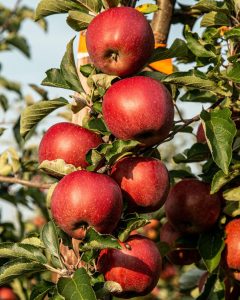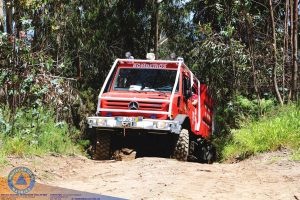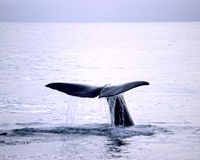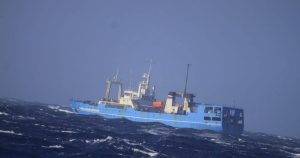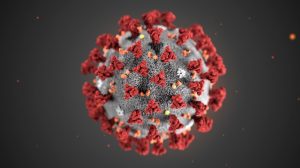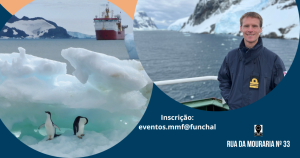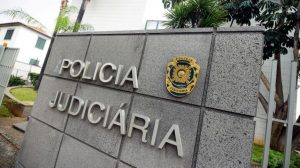“Madeira is an example of sustainability for the country,” said Professor Filipe Duarte Santos, a renowned specialist in the field of Environmental Sciences and, in particular, on climate change, to the Regional Secretary for Environment, Natural Resources and Climate Change, Susana Prada, at the colloquium 50 Years After the Stockholm Conference, held at the Lisbon Academy of Sciences.
The Portuguese researcher, who is also a guest professor at several prestigious universities in the United States, considered that the work that has been carried out by the Autonomous Region of Madeira, in order to safeguard future water supplies through the construction of various infrastructures, as well as the full use of wastewater on the island of Porto Santo, as good examples for the country, whether in terms of the construction of desalination plants, in the efficiency of levada channels, or in the greater use of wastewater.
During her speech, Susana Prada, guaranteed that “even though Madeira and Porto Santo are insular territories, the commitment to sustainability is of paramount importance.” She went on to say that Madeira is a pioneer, as in 1971, the first Natural Reserve in Portugal -Selvagens Islands – was created. Fifty years later, the region has expanded the marine area of the Selvagens Islands 27 times, that is, up to 12 miles, to protect the pristine ecosystem, making it the largest North Atlantic protected marine area.
The Reserva das Ilhas Desertas, the Laurissilva forest recognised as World Natural Heritage by UNESCO, the Biospheres of Porto Santo and Santana, the Levadas of Madeira, which are candidates for UNESCO World Cultural Heritage are some of the many examples highlighted by the Regional Secretary, who emphasised the conservation policy of the Region, where 65% of the Madeira archipelago and 85% of its territorial sea are protected.
Alongside the conservation of nature, Madeira is determined to fight climate change and adapt to lessen its impact on the environment and those who live here. She added that the Regional Government is investing heavily in renewable energy, water, photovoltaic, wind and Urban Solid Waste.
The adaptation of the territory to the increased risk of fire has led to several campaigns to remove invasive and highly combustible species, along with adequate reforestation.
At the risk of alluvium, there was talk of channeling water lines, the construction of weirs to contain solid loads and reforestation. As for the rise in the average sea level, Susana Prada talked about the ongoing work to create greater resilience to the dune cord in Porto Santo, which serves as coastal protection.
Regarding dwindling water supplies, Susana Prada referred to the Government’s commitment to reducing water losses, storing water at altitude and reusing treated wastewater.
Concluding, she added that education was paramount in the work towards sustainability and that 71% of the regions schools are eco-schools, the highest rate in all Portuguese National territories.
Samantha Gannon
info at madeira-weekly.com


